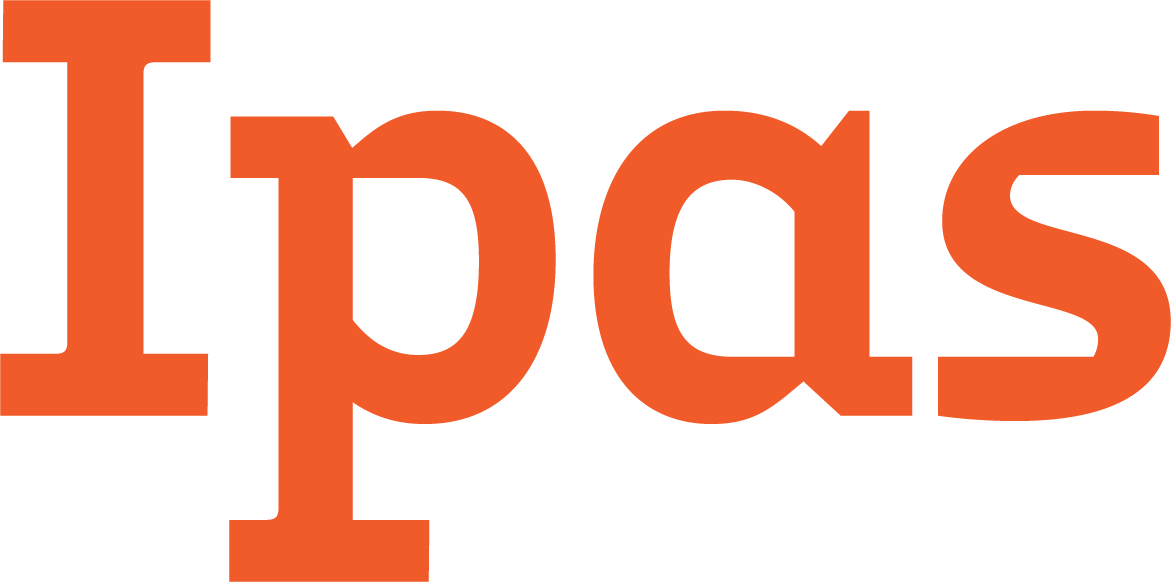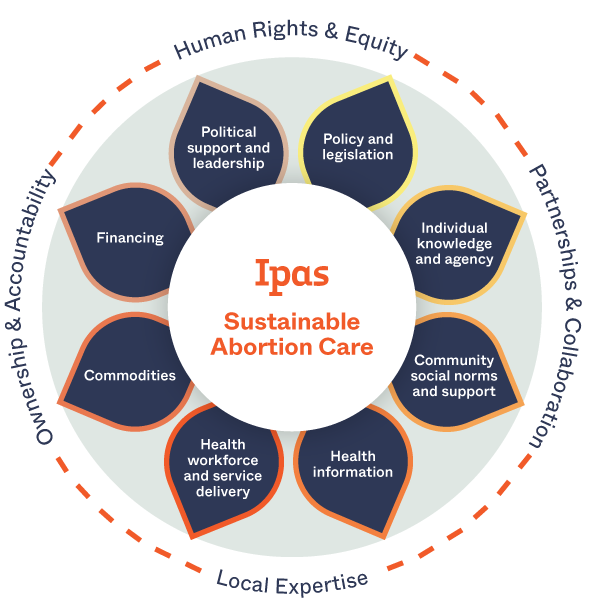Search Results
Available Here Search Results President Obama, we call on you to stand up for vulnerable women and girls in Kenya and other parts of the developing world by allowing U.S. aid for abortion under the Helms Amendment.
Available Here Search Results As women’s health providers and advocates, obstetrician/gynecologists can support abortion access. By delivering high-quality, evidence-based care, supporting other providers who perform abortion, helping women who access …
Young, rural Indian women lack sexual and reproductive health (SRH) information and agency and are at risk of negative sexual and reproductive health outcomes. The objectives of this study were to assess young women’s sexual and reproductive health knowledge; describe their health-seeking behaviors; describe young women’s experiences with sexual and reproductive health issues, including unwanted pregnancy and abortion; and identify sources of information, including media sources.
Women receiving induced abortions or postabortion care are at high risk of subsequent unintended pregnancy, and intervals of less than six months between abortion and subsequent pregnancy may be associated with adverse outcomes. This study highlights the prevalence and attributes of postabortion contraceptive acceptance from 2,456 health facilities in six major Indian states, among 292,508 women who received abortion care services from July 2011 through June 2014.
This study estimates current health system costs of treating unsafe abortion complications and compares these findings with newly-projected costs for providing safe abortion in Malawi. It finds that transition to safe, legal abortion would yield an estimated cost reduction of 20-30 percent.
Available Here Search Results For more than 40 years, U.S. policies have been allowed to violate the human rights of women at home and abroad. Isn’t it time the United States makes its abortion funding policies, both national and international, consist …
This study sought to understand women’s experiences using medication for menstrual regulation in Bangladesh. In-depth interviews were conducted with 20 rural and urban women.The majority had had positive experiences with medication for menstrual regulation and successful outcomes. Continued efforts to improve counselling by providers about the dose, medication and side-effects of medication for menstrual regulation, along with education of the community about medication as an option for menstrual regulation, will help to de-stigmatise the procedure and the women who seek it.
From a public health and human rights perspective, what would be most helpful to women and communities significantly affected by the Zika outbreak is accurate and comprehensive information, and access to rapid diagnosis and counseling on the health risks. Furthermore, there needs to be a massive overhaul in national policies: Safe abortion should be a legal option for women.
Comprehensive abortion care services remain out of reach for many women in rural and remote areas of Nepal. This article describes a training and support strategy to train auxiliary nurse-midwives (ANMs), already certified as skilled birth attendants, as medical abortion providers and expand geographic access to safe abortion care to the community level in Nepal.
Medical students’ limited opportunities to train in abortion procedures are a major barrier to care. But as bad as the situation is in the United States for medical students, it’s actually much worse in many international settings.
Until recently, WHO operationally defined unsafe abortion as illegal abortion. In the past decade, however, the incidence of abortion by misoprostol administration has increased in countries with restrictive abortion laws. Access to safe surgical abortions has also increased in many such countries. An important effect of these trends has been that, even in an illegal environment, abortion is becoming safer, and an updated system for classifying abortion in accordance with safety is needed across categories of safety.
The Zika virus epidemic has reached more than 20 countries in the Americas and is the potential cause, with circumstantial evidence, for thousands of cases of microcephaly, in addition to other neurological consequences. This calls for a public debate on women’s right to interrupt the pregnancy if they so desire, as an issue of reproductive social justice.
Abortion has been legal in Nepal since 2002, and post-abortion care has been successfully integrated into hospitals. But that does not mean that women can easily obtain safe abortion services. The barriers are many, and women are often stigmatized for the decision to end a pregnancy.
It is time for accountability and for concerted action. Millions of women in Brazil and throughout Latin America have already been living with constrained choices regarding their reproductive lives—Zika has further aggravated their situations.
Contraception is an essential element of high-quality abortion care. However, women seeking abortion often leave health facilities without receiving contraceptive counselling or methods, increasing their risk of unintended pregnancy. This paper describes contraceptive uptake in 319,385 women seeking abortion in 2,326 public-sector health facilities in eight African and Asian countries. Ministries of Health integrated contraceptive and abortion services, with technical assistance from Ipas. Overall, postabortion contraceptive uptake was 73 percent. The findings demonstrate high contraceptive uptake when it is delivered at the time of the abortion, a wide range of contraceptive commodities is available, and ongoing monitoring of services occurs.
The presence of religious conservatives with an anti-woman, anti-gay, anti-trans agenda at the OAS is not new. But it is of increasing concern as they continue agitating to dismantle human rights while scenes of unprecedented violence play out across the world…As Orlando demonstrates, any setback to human rights, as designed by these groups, will only lead to more violence.
This study compared levels of abortion stigma in regions with high and low incidence of unsafe abortion in Kenya to explore whether abortion-related stigma is associated with incidence of unsafe abortion. Respondents from a county with higher incidence of unsafe abortion reported higher stigma scores. Age, marital status, type of abortion service, and socioeconomic status were all significantly associated with stigmatizing attitudes.
This study sought to explore abortion-related stigma at the community level as a barrier to women realizing their right to a safe, legal abortion. It found that abortion-related stigma plays a major role in a woman’s decision on whether to have a safe or unsafe abortion. Young unmarried women, in particular, bore the brunt of being stigmatized.
The reality is that 42 million women around the world have abortions each year regardless of any politician’s religious beliefs or “moderated” position on abortion.
Part of breaking the stigma is removing the silence and we are doing it loudly and clearly. By talking about abortion stigma we can recognize how it is created and perpetuated and what our individual roles and responsibilities are in working toward stigma-free language, concepts, and services.

